Have you ever gazed into your aquarium, watching your cherry shrimp dart around, and wondered, “How do I breed these little guys?” Maybe you’ve noticed a few berried females (that’s shrimp-speak for pregnant) and felt a surge of excitement, only to be disappointed when no baby shrimp appeared after. If so, you’re not alone. Many aquarists share this curiosity and frustration.
Breeding cherry shrimp involves creating a suitable environment, ensuring a balanced diet, and maintaining optimal water conditions. Once these factors are in place, cherry shrimp will typically breed independently.
Let me take you back to when I first started keeping cherry shrimp. It was a decade ago I remember the thrill of seeing my first berried female, her belly full of tiny green eggs. I waited eagerly for the day when I would see tiny shrimplets swimming around. But days turned into weeks, and no babies appeared. I was puzzled and a bit heartbroken.
I faced many challenges in those early days. My tank’s water parameters were all over the place, and I was feeding my shrimp a diet that was, in hindsight, far from ideal.
But with time, patience, and a lot of trial and error, I learned how to create the perfect environment for my shrimp to breed. I adjusted their diet, fine-tuned the water conditions, and even learned how to handle unexpected tank mates. It was a long journey, but the sight of those first baby shrimp made it all worthwhile.
In the following sections, we’ll dive into the specifics of how to breed cherry shrimp. I’ll share the lessons I’ve learned, the mistakes I’ve made, and the successes I’ve had. So, whether you’re a seasoned shrimp keeper or a newbie, there’s something here for you. Let’s get started!

What is the Ideal Environment for Breeding Cherry Shrimp?
Creating the ideal environment for breeding cherry shrimp is a bit like setting the stage for a romantic play. You want to create a setting that encourages the shrimp to feel safe, comfortable, and in the mood for love.
First and foremost, the water parameters need to be just right. Cherry shrimp thrive in water with a pH between 6.5 and 8, and a temperature between 22 and 28 degrees Celsius (72-82 degrees Fahrenheit). They also prefer a general hardness (GH) of 4-8 and a carbonate hardness (KH) of 3-15.
The tank itself should be at least 10 gallons to give the shrimp enough space to roam and breed. It’s also crucial to have plenty of hiding spots in the form of plants, rocks, and driftwood. These provide the shrimp with a sense of security and places to molt, which is a crucial part of the breeding process.
Lastly, cherry shrimp are sensitive to changes in their environment, so it’s essential to keep things stable. Avoid sudden changes in temperature or water parameters, as these can stress the shrimp and inhibit breeding.
The ideal environment for breeding cherry shrimp is a spacious, well-planted tank with stable, shrimp-friendly water parameters and subdued lighting. It may take a bit of time and effort to set up, but the reward of seeing your shrimp breed successfully is well worth it.
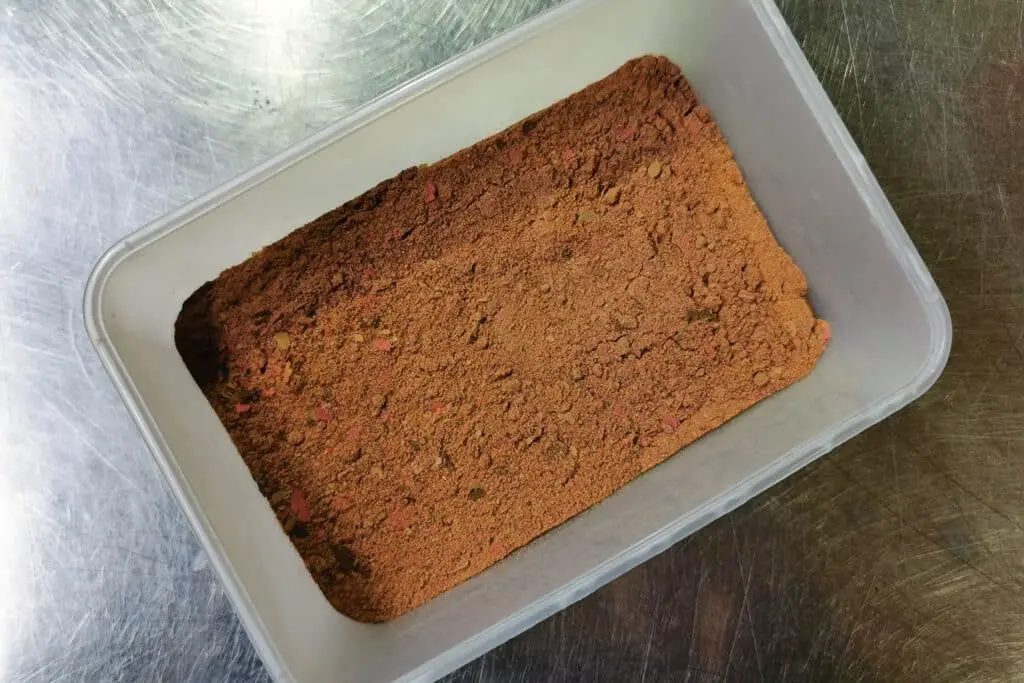
What Should I Feed My Cherry Shrimp to Encourage Breeding?
Feeding your cherry shrimp the right diet is like giving them a love potion. It not only keeps them healthy but also stimulates their reproductive systems, increasing the chances of successful breeding.
A balanced diet for cherry shrimp should include a mix of commercial shrimp food and natural food sources. Commercial shrimp food, especially those formulated for breeding, often contain essential nutrients that promote reproductive health. These foods are typically high in protein, which is crucial for egg development in females.
In addition to commercial food, cherry shrimp also benefit from a variety of natural food sources. Fresh vegetables like zucchini, spinach, and cucumber are great options. These should be blanched to soften them and make them easier for the shrimp to eat.
Algae, either naturally occurring in the tank or in the form of algae wafers, are also a favorite among cherry shrimp. Algae provide essential nutrients and give the shrimp something to graze on throughout the day, mimicking their natural feeding behavior.
While it’s essential to provide a varied diet, it’s equally important not to overfeed your shrimp. Overfeeding can lead to poor water quality, stressing the shrimp and hindering breeding. A good rule of thumb is to feed only what the shrimp can consume in a few hours.
Feeding your cherry shrimp a balanced, varied diet can significantly boost their breeding success. Just remember to keep portions in check to maintain good water quality. Happy feeding, and hopefully, happy breeding!
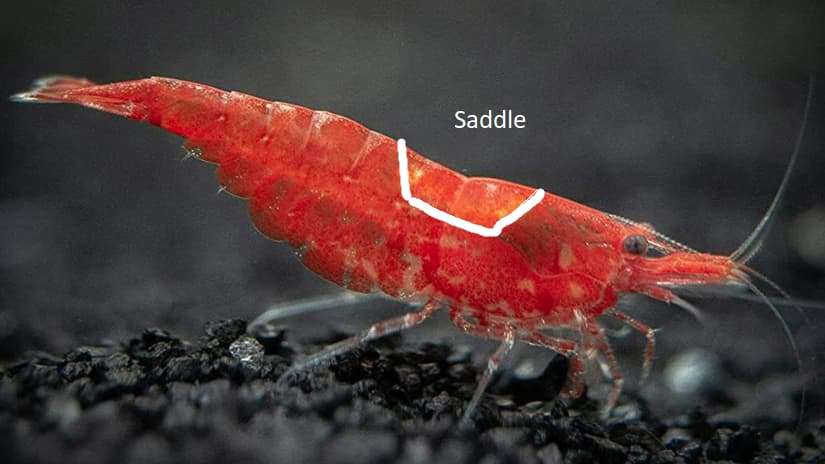
How Can I Tell If My Cherry Shrimp Are Ready to Breed?
Knowing when your cherry shrimp are ready to breed is a bit like reading a love story. There are signs and signals, and if you know what to look for, you can anticipate the exciting chapters ahead.
The first sign that your cherry shrimp are ready to breed is their size and age. Cherry shrimp reach sexual maturity when they are about 3 to 6 months old and approximately 1 inch long. So, if your shrimp are around this age and size, they might be ready to start their own little shrimp families.
The next sign is the appearance of the saddle. The saddle is a cluster of eggs you can see through the female shrimp’s translucent body, located just behind the head. It looks like a small, yellowish or greenish patch, and it’s where the eggs are stored before they are fertilized. If you see a saddle, it’s a clear sign that the female is ready to breed.
For males, the signs are a bit more subtle. Males are usually smaller and less colorful than females, but when they are ready to breed, they may become more active and show more interest in the females.
Finally, the most definitive sign of all is when a female becomes berried. This means she is carrying fertilized eggs under her abdomen. The eggs look like tiny, round pearls, and the female will carry them around until they hatch into baby shrimp.
By observing your shrimp’s age, size, behavior, and physical signs like the saddle and berried state, you can tell if they are ready to breed. It’s a fascinating process to witness, and knowing these signs will help you better understand and care for your cherry shrimp.
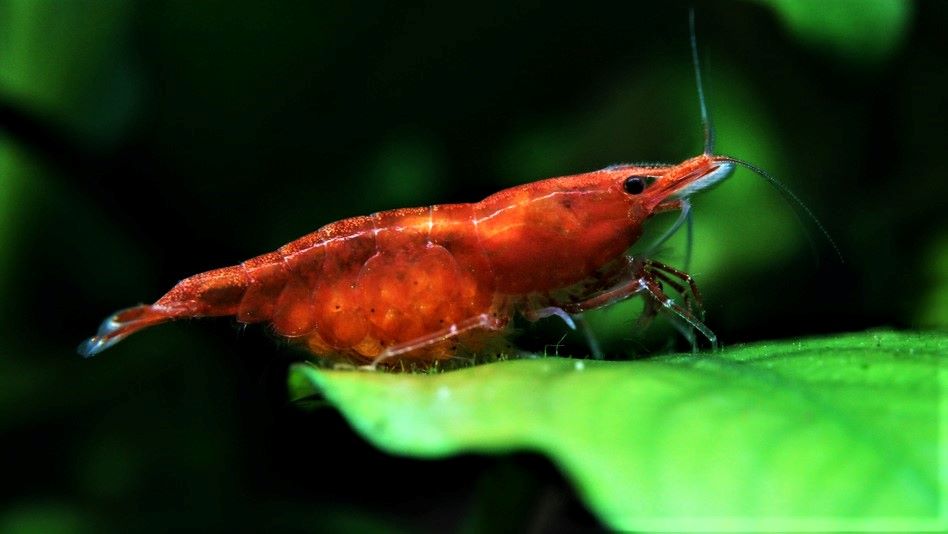
What Are the Signs of Successful Cherry Shrimp Breeding?
Spotting the signs of successful cherry shrimp breeding is like playing detective. You’re looking for clues that indicate your shrimp have successfully mated and that babies are on the way.
The most obvious sign of successful breeding is a berried female. As mentioned earlier, a berried female is one that is carrying fertilized eggs under her abdomen. The eggs, which look like tiny pearls, are a sure sign that mating has occurred. The female will carry these eggs, constantly fanning them with her swimmerets to provide oxygen, until they hatch.
The period from fertilization to hatching usually takes around 30 days. As the hatching time approaches, you might be able to see tiny black dots in the eggs. These are the eyes of the baby shrimp, and their appearance is a sign that hatching is imminent.
Once the eggs hatch, you’ll start seeing tiny shrimplets in your tank. Shrimplets look like miniature versions of adult shrimp, and they are a clear sign that your breeding efforts have been successful. You might spot them grazing on biofilm or hiding among the plants and substrate in your tank.
One thing to note is that shrimplets are very good at hiding and can be hard to spot. So, if you don’t see them right away, don’t panic. Give them some time, and soon enough, you’ll start noticing little shrimp popping up all over your tank.
The signs of successful cherry shrimp breeding include a berried female, eggs with visible eyes, and the appearance of shrimplets in your tank. It’s a thrilling process to observe, and these signs are your reward for creating a suitable environment for your shrimp to breed.
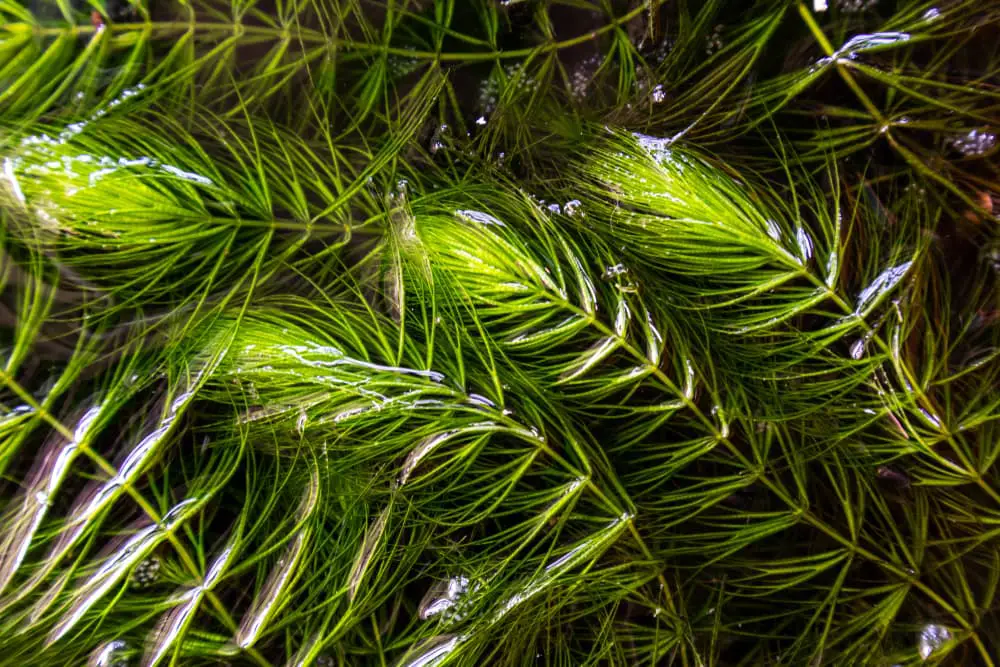
How Do I Care for Baby Cherry Shrimp After They Are Born?
Caring for baby cherry shrimp, or shrimplets, is like nurturing a tiny garden. It requires patience, attention to detail, and a gentle touch.
Firstly, it’s important to ensure that the tank environment remains stable. Shrimplets are sensitive to changes in water parameters, so maintaining a consistent temperature, pH, and hardness is crucial. Regular water changes are also important, but be careful not to change too much water at once as this can cause sudden shifts in water parameters.
Feeding shrimplets is another important aspect of their care. Shrimplets feed on biofilm, a layer of microorganisms that naturally forms on surfaces in the tank. Having a well-established tank with plenty of biofilm is therefore beneficial for shrimplet survival. In addition to biofilm, you can also feed them powdered shrimp food or finely crushed flakes. Remember, their mouths are tiny, so the food needs to be small enough for them to eat.
Providing plenty of hiding spots is also crucial for shrimplet survival. Plants, moss, and small pieces of driftwood can offer the necessary cover for shrimplets to hide from potential predators and feel safe.
Lastly, it’s important to minimize stress. This means avoiding unnecessary changes or disturbances in the tank. For example, limit the amount of time you spend cleaning the tank or moving things around, and try to keep loud noises and vibrations to a minimum.
In essence, caring for baby cherry shrimp involves maintaining a stable, safe, and well-fed environment. It’s a delicate task, but with patience and care, you can watch your shrimplets grow into healthy, vibrant adults. It’s a rewarding experience that makes all the effort worthwhile.
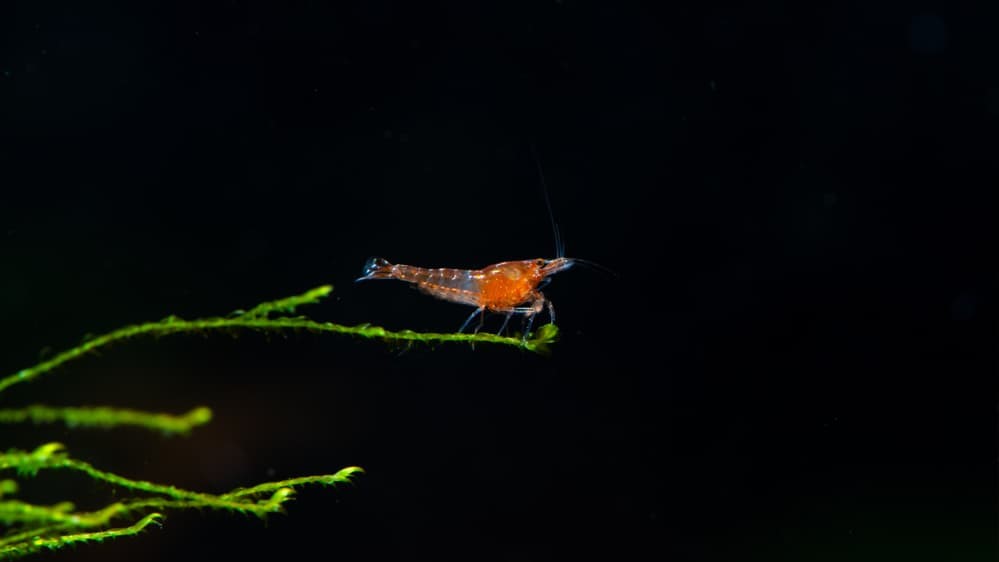
Conclusion
In a nutshell, breeding cherry shrimp can be a rewarding experience, but it requires patience, knowledge, and a bit of trial and error. From creating the ideal environment and providing a balanced diet to recognizing the signs of successful breeding and caring for the shrimplets, each step is crucial to your success.
But don’t worry, with time and experience, you’ll become a pro at shrimp breeding. If you need any help along the way, don’t hesitate to reach out. If you can’t reach me here, check out the ‘Aquarium Shrimp Keeping’ group on Facebook. There’s a whole community of shrimp enthusiasts ready to help. On a final note, happy shrimp keeping!
FAQ
Q. Are cherry shrimp easy to breed?
A. Yes, cherry shrimp are considered one of the easiest shrimp species to breed. They are hardy and adaptable, and with the right conditions, they will breed readily in the home aquarium.
Q. How do I make sure my cherry shrimp breed?
A. Ensuring successful breeding involves creating a suitable environment with stable water parameters, providing a balanced diet, and maintaining a stress-free environment. It’s also important to have both male and female shrimp in your tank.
Q. How long does it take to breed cherry shrimp?
A. Cherry shrimp reach sexual maturity at around 4 to 6 months of age. Once a female is berried (carrying eggs), it typically takes about 30 days for the eggs to hatch.
Q. Which shrimp is easiest to breed?
A. Cherry shrimp are often cited as the easiest shrimp species to breed due to their hardiness and adaptability.
Q. How often do cherry shrimp breed?
A. Under optimal conditions, a female cherry shrimp can produce a new batch of eggs approximately every 30 days.
